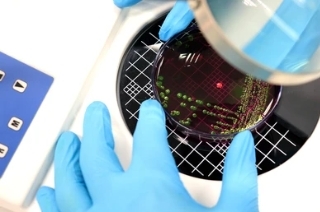The presence of unwanted microorganisms in wine can lead to spoilage and affect its flavor and quality. Therefore, it is critical to detect and monitor the growth of microorganisms in wine. Colony count testing is a standard method for detecting and quantifying microorganisms in wine. It involves culturing microorganisms on solid media such as agar under specific conditions that allow them to grow and form visible colonies. The colonies are counted, and their characteristics can be studied to identify the type of microorganisms in the wine. Several factors can affect the detection of colonies in wine, including the type of medium used, the temperature and humidity of the culture environment, and the incubation time.

Colony count testing is a common microbiological method used to determine the number of viable microorganisms in a sample. As one of the leading providers of microbiology testing for wine, Lifeasible offers professional colony counts testing solutions to determine the microbial community in wine. Our laboratories will perform the tests in strict compliance with international standards and provide reliable analytical results.
Depending on the specific microorganisms of interest and analytical objectives, we offer the following colony count testing methods in wine for our customers to choose from:
Our colony counts testing solution is a valuable tool to assess the microbial quality of the wine. Our technical team also combines this solution with other methods to more comprehensively detect all types of microorganisms present in wine. If you are interested in our solutions, please contact us for technical consultation and quotation.